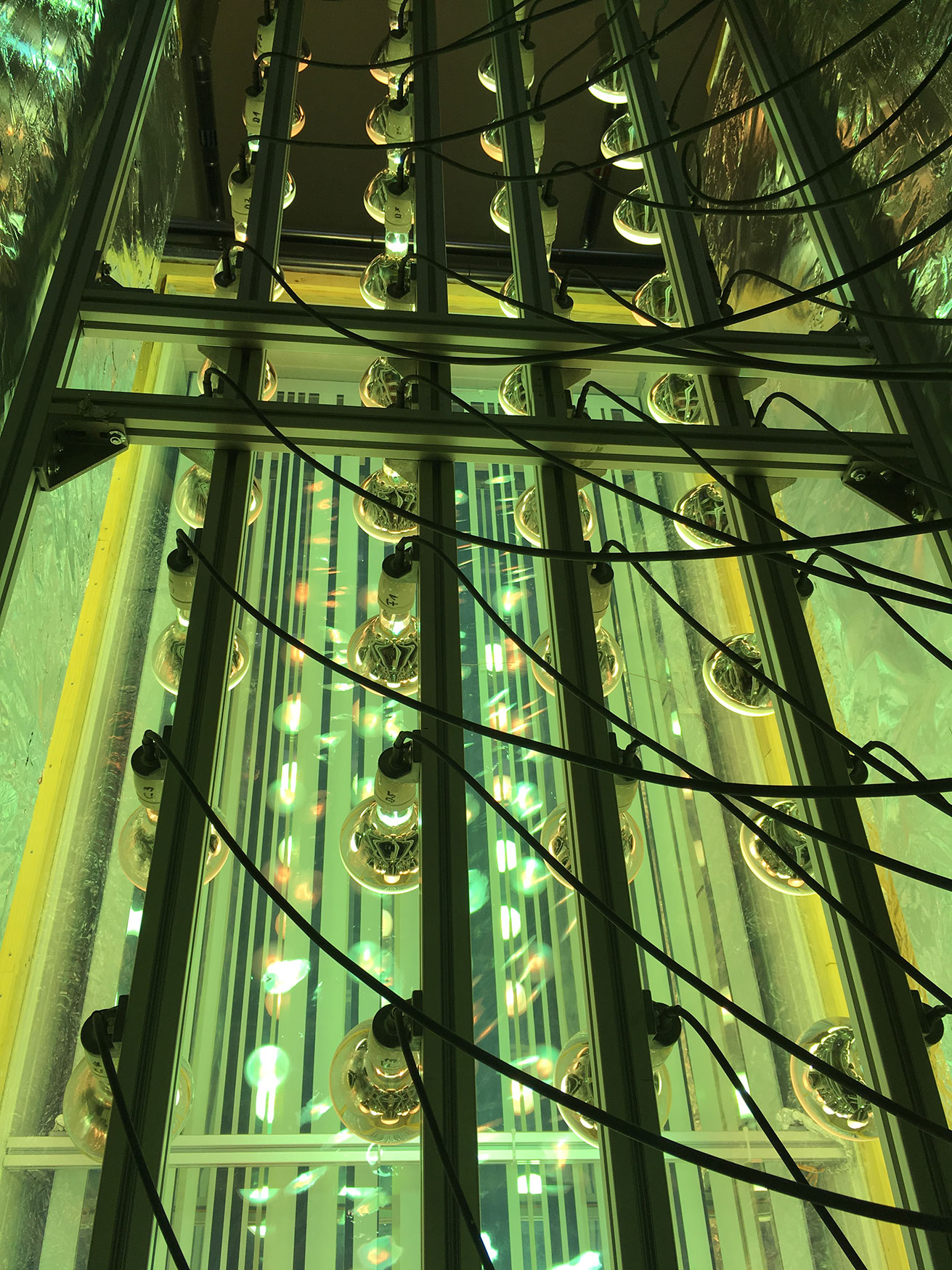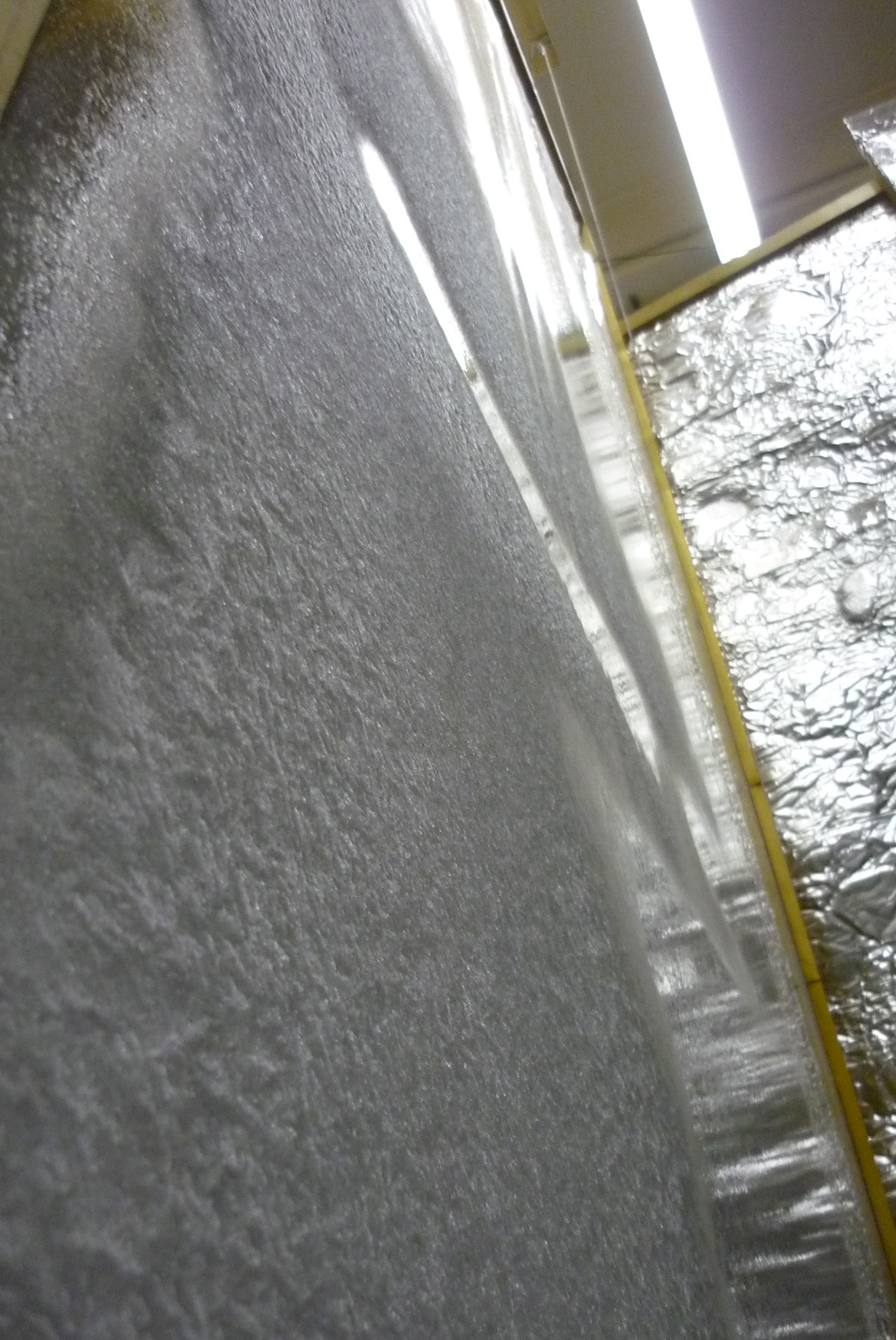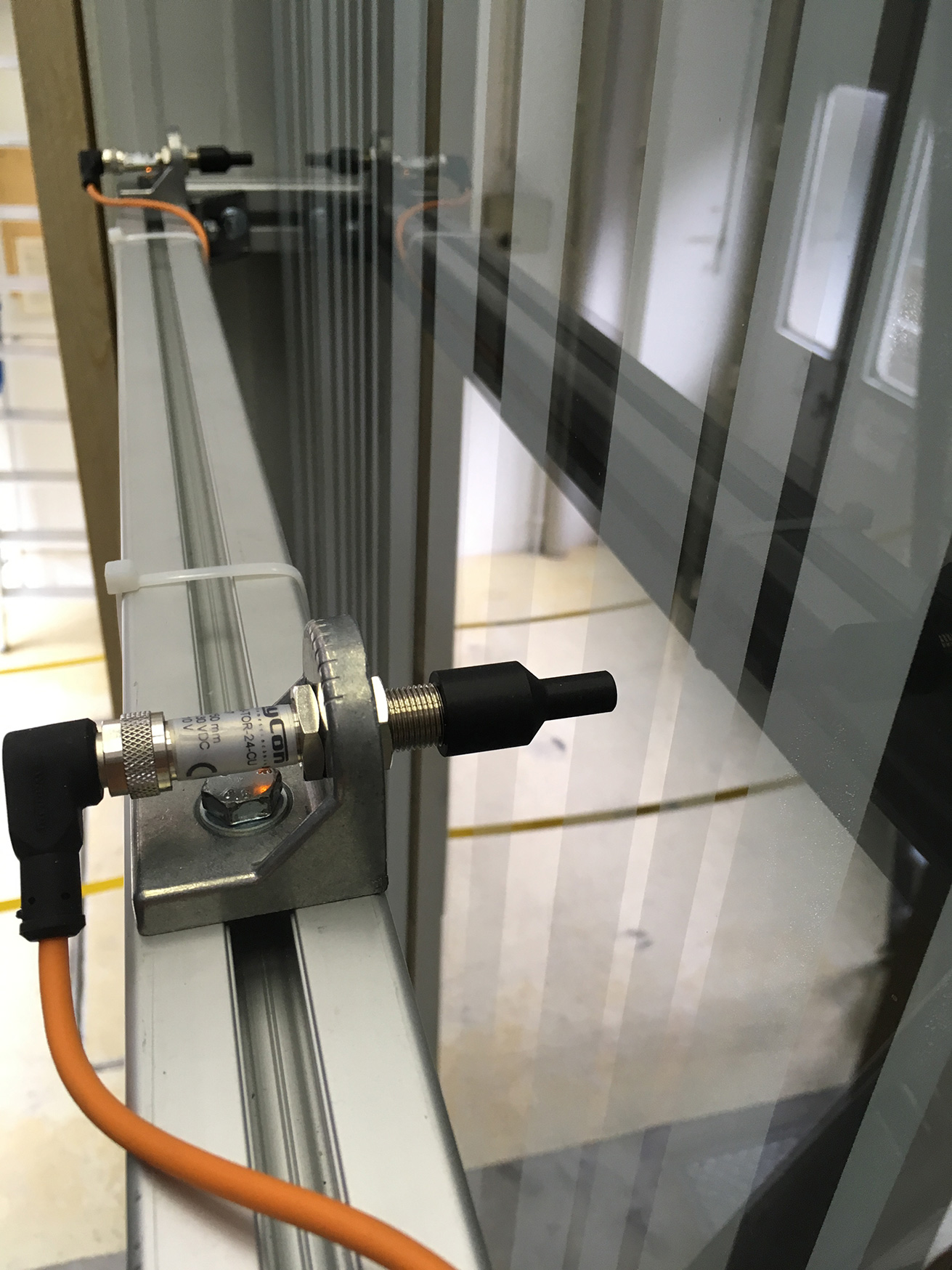Visible from afar, the Atakule Tower is one of the landmarks of the metropolis of Ankara with its five million inhabitants. A modern shopping and entertainment complex is being built directly at the foot of the tower to the tune of over 40 million euros. So-called shadow boxes are planned as design elements for its façades. These consist of transparent panes of glass enclosing a sealed volume of air behind. This creates a special visual effect of depth.



In the plans for the building, printed stripes were envisaged for the front façade and mirrored glass for the rear. Additional glazing was added to parts of the front façade for LED lighting.
The Department of Hygrothermics was asked to perform suitability tests on this innovative façade construction, as well as to observe its deformation behavior under changing climatic conditions. For this purpose, a site-specific test program was defined together with the façade planning company. Because Ankara is situated 1000 meters above sea level, its climate is characterized by dry, cold winters and hot summers. By evaluating the 10-year extremes at the site of the construction project, the scientists developed a four-stage stress scenario to simulate temperatures between -15 °C and +40 °C with differences between day and night temperatures of up to 30 Kelvin. For this purpose, the department has access to worldwide climate databases which it uses to digitally derive practical stress scenarios for construction projects around the world. The advantage of this data over standard boundary conditions is that unrealistic stress on façade elements, i.e. either too little or excessive stress, can be excluded from the tests.
Fraunhofer IBP has developed a special radiation-permeable climate envelope with a particularly powerful air-conditioning unit and digital process control technology. Thanks to this, the temperature of a façade element measuring more than five square meters in size and four and a half meters in height could be cyclically conditioned between -15 and +40 °C with pinpoint accuracy. During the “day”, in addition to controlling the temperature, the unit also provided full-surface artificial sunlight with an irradiation of 900 W/m², causing the glazing to reach a temperature of almost 80 °C.
For several weeks during the total climate exposure period, not only the temperatures of the components but also their deformation behavior was recorded by ultrasonic sensors at selected measuring points. By analyzing this data and performing regular visual checks, the planning office and the façade construction company carrying out the work had a reliable database at their disposal for verifying the design concept.
This is just one example of a method for assessing the suitability of building products. Since the choice of boundary conditions usually has the greatest impact on the test results, these must be selected very carefully. In other words, the climatic parameters that stress the product the most, and thus determine its durability and serviceability, must be identified in advance. This usually requires not only practical experience but also numerical simulations and the results of field tests. (IBP Mitteilung Nr. 546, only German) This somewhat more comprehensive approach ensures a reliable test procedure tailored to the application in question.